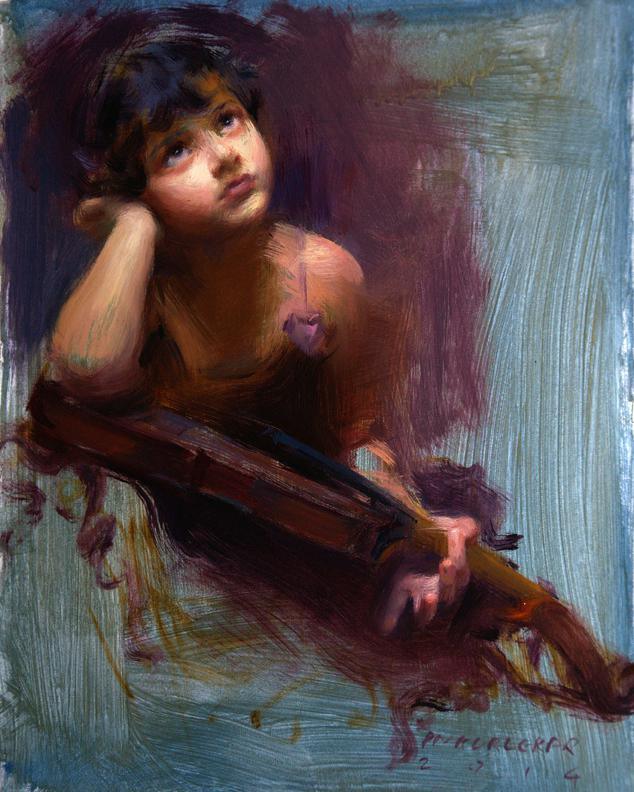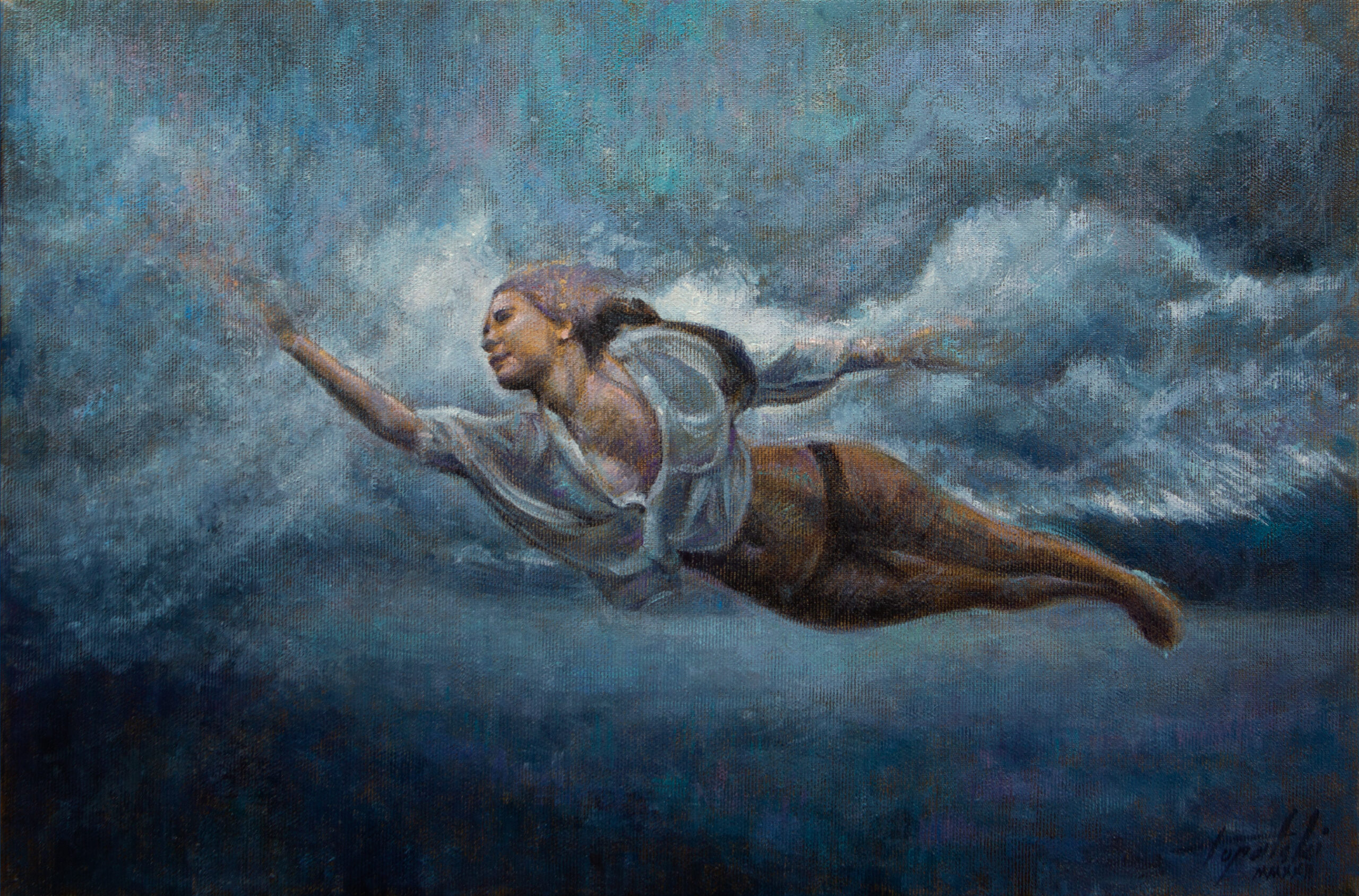How Figurative Oil Painting Changes Typical Artistic Expression
How Figurative Oil Painting Changes Typical Artistic Expression
Blog Article
Grasping the Art of Metaphorical Oil Painting: Essential Tips and Techniques for Aspiring Artists
Metaphorical oil paint stands for a complex junction of method and analysis, requiring an extensive comprehension of human makeup, structure, and shade theory. An exploration of color consistency and texture methods can significantly improve the visual impact of their work.

Comprehending Human Composition
Recognizing human composition is essential for any artist desiring understand metaphorical oil paint. A thorough understanding of the human form enables musicians to produce realistic depictions that reverberate with visitors. Expertise of physiological frameworks, such as joints, bones, and muscles, supplies essential understanding right into just how the body moves and presents.
Artists ought to familiarize themselves with the proportions of the human figure, including the partnership in between different body components and how these percentages differ across genders and ages. This awareness permits precise scaling and point of view in their work. Additionally, comprehending the underlying musculature improves the capability to depict movement and tension in a number, leading to a more dynamic and engaging make-up.
Examining makeup also assists in recognizing subtle nuances in pose and expression, which are important for communicating emotion and narrative within a paint. Resources such as physiological books, life illustration sessions, and on-line tutorials can be invaluable devices for musicians looking for to strengthen their anatomical understanding. Ultimately, understanding human composition not only enhances technological ability however additionally enhances a musician's creative vision, allowing them to bring their figurative oil paints to life with authenticity and depth.
Relevance of Composition

Key principles of make-up consist of balance, unity, and prime focus. Attaining equilibrium guarantees that no solitary component overwhelms the others, while unity creates a sense of consistency throughout the item. Focal factors accentuate substantial facets of the artwork, permitting customers to involve with the story or motif much more deeply.
In addition, making use of leading lines and the rule of thirds can significantly improve composition. Leading lines normally assist the viewer's look via the painting, while the policy of thirds provides a structure for placing vital aspects in an aesthetically attractive manner. By grasping composition, striving artists can raise their metaphorical oil paints, changing them right into engaging aesthetic tales that reverberate with their audience.
Mastering Shade Theory
Color theory works as an essential element of figurative oil paint that enhances the concepts of composition. Understanding the shade wheel, that includes main, secondary, and tertiary colors, is necessary for producing harmonious schemes and efficient visual stories.
Key principles such as worth, shade, and saturation play an essential function in establishing the state of mind and impact of a paint. Musicians ought to explore warm and cool shades to evoke details feelings; warm colors frequently communicate energy and passion, while trendy shades can impart calmness and tranquility.
The relationship between complementary colors-- those opposite each other on the color wheel-- can produce striking contrasts and dynamic structures. When compared, these shades improve each various other's vibrancy, attracting the customer's eye and including depth to the artwork.
Additionally, comprehending comparable shades permits musicians to accomplish a sense of unity and comprehensibility. By choosing shades that are surrounding on the wheel, one can keep a well balanced ambience throughout the piece.
Ultimately, mastering color theory outfits striving artists with the devices required to adjust shade intentionally, boosting their ability to convey feeling and story via figurative oil painting. figurative oil painting.
Methods for Structure
A selection of strategies can properly create appearance in metaphorical oil paint, including deepness and measurement to the artwork. One essential approach is using impasto, where thick layers of paint are put on the canvas, permitting a three-dimensional quality. This strategy boosts light interaction, developing dynamic visual passion.
Another technique is scumbling, which involves using a slim layer of lighter paint over a dried out darker layer. This strategy allows the underlying color to show through, causing a soft, distinctive effect that can stimulate a sense of ambience or age. Dry brushing is additionally essential; utilizing a dry brush with very little paint, musicians can produce delicate structures and great lines, perfect for capturing the subtleties of skin or textile.
Additionally, combination blades can be employed to scuff or use paint, creating one-of-a-kind patterns and appearances. Trying out with different devices and materials, such as sponges or dustcloths, can even more enrich the textural high quality of a paint. Eventually, grasping these techniques requires technique and trial and error, enabling musicians to discover the varied responsive high qualities that can elevate their metaphorical jobs.
Establishing Your One-of-a-kind Style
An artist's special style is commonly the conclusion of individual experiences, influences, and methods developed over time. Establishing this originality in metaphorical oil painting needs a conscious initiative to discover both your internal self and the broader artistic landscape. Begin by assessing the themes and topics that reverberate with you mentally; your passion will instill authenticity into your work.
Research various designs and motions, however instead of mimicing, essence aspects that speak with you - figurative oil painting. Experiment with different strategies, color schemes, and make-ups, allowing yourself the flexibility to play without the pressure of perfection. Keep a sketchbook or journal to record your ideas, concepts, and imaginative progress; this will work as a valuable source for identifying reoccuring concepts and preferences
Look for positive responses from mentors or peers, as they can supply insights that brighten facets of your work you may overlook. Attend events and workshops, submersing on your own in the art area to further refine your viewpoint. Be patient with on your own; the trip of establishing a special design is ongoing, advancing with every canvas and each brushstroke you encounter. Accept the procedure as long as the result, and your unique voice will certainly emerge.

Final Thought
Grasping figurative oil painting necessitates an extensive grasp of human anatomy, make-up, and shade concept. The combination of these components not just improves technological linked here abilities yet likewise enhances the psychological resonance of the art work. Additionally, the expedition of structure methods adds to a richer aesthetic experience. Eventually, the growing of a distinct design via constant technique and reflection is essential for creative development. Accepting these fundamental principles will dramatically benefit aiming musicians on their imaginative trip.
Figurative oil painting stands for a complex intersection of strategy and interpretation, demanding a thorough comprehension of human composition, composition, and shade theory. An expedition of color consistency and appearance strategies can considerably enhance the visual impact of their job. By mastering structure, striving musicians can boost their metaphorical oil paintings, transforming them right into compelling aesthetic stories that resonate with their audience.
Experiment with various strategies, shade combinations, and compositions, enabling yourself the flexibility her explanation to play without Continued the pressure of perfection.Understanding figurative oil paint demands a detailed understanding of human composition, make-up, and shade concept.
Report this page